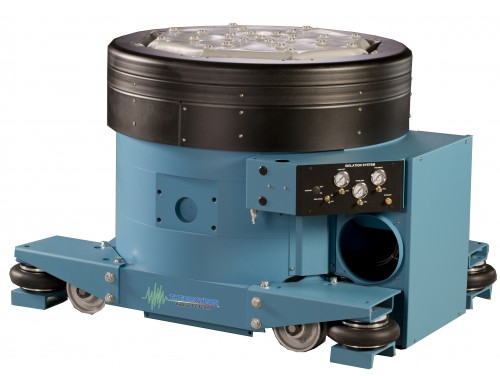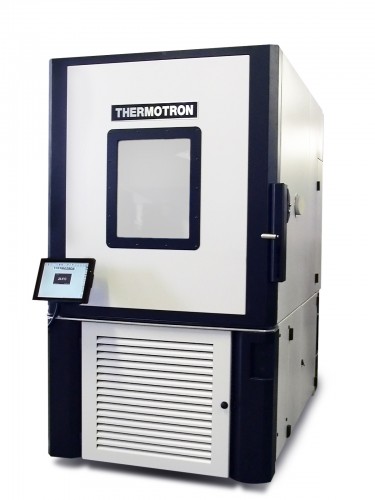The following article was originally published in TEST Engineering & Management magazine’s February/March 2016 issue. This article was written by Thermotron employees and is about the considerations and pitfalls when purchasing environmental & vibration test equipment.
Environmental Test Chambers
Basic considerations when buying an environmental test chamber include:
• What are the applications the climate chamber will be used for?
• What size do you need? Will it fit in your building and doorways? Will your product fit in the workspace with suitable space for air flow?
• What are the utility requirements?
• What expectations do you need this environmental chamber to meet?
• What options do you need?
• How can you testing program change within the next 5-10 years?
• Are there UUT’s (Unit Under Test) you want to monitor or control through a climate chamber controller?
Potential Pitfalls
First, it is important to make sure your facility meets the utility needs of the climatic chamber – do you need plumbing, upgraded electrical panels, or reinforced floors? – and will the facility accommodate the environmental chamber move-in: are doors wide enough? Is there room to maneuver the environmental test chamber within the space? Some options extend in the workspace or on the outside of the test chamber, like the legs on a couch, and it could complicate move-in.
Second, sometimes the expectations of the climate chamber’s function and equipment delivered to the lab differ from user to user. Make sure the expectations of the test chambers function and size are agreed upon for all user and applications prior to the order.
Electrodynamic Shakers
Basic considerations when buying an electrodynamic shaker include:
• In which orientation will you be testing the product: horizontal, vertical, or both?
• What force rating do you need?
• What are the test requirements?
• What is the product’s mass?
• What are the full utility requirements?
• Do you understand the fixturing your product will require?
• How does the energy transfer from the electrodynamic shaker through the fixturing to the product?
• How do the bolts and fasteners wear? When will they need to be replaced?
Potential Pitfalls
It is essential to make sure your facility meets the utility needs of the electrodynamic shaker (do you need plumbing, upgraded electrical panels, or reinforced floors?). Truly understanding what a proper fixture is and does, ensuring the bolts and fasteners are replaced as needed, and placing the accelerometer correctly are vital to a successful vibration test.
